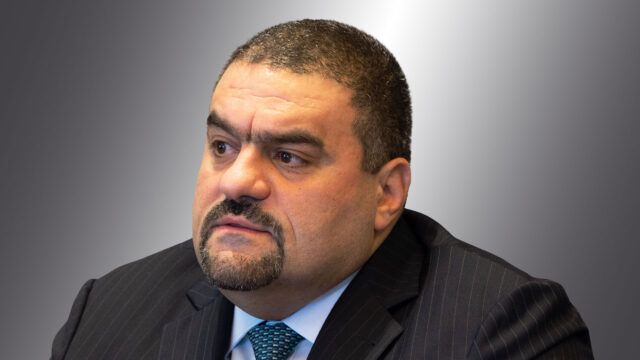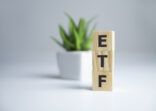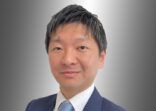Exchange-traded funds (ETFs) have enjoyed extravagant growth amid rising popularity among global investors in recent years.
With a 24% compound annual growth rate (CAGR) since 2003, ETFs had AUM of $12trn (with $8.1trn in the US) among around 11,000 ETFs at the end of last year. JP Morgan Asset Management (JPMAM), which currently runs 113 ETFs with AUM of $164bn, estimates that global ETF’s AUM will surge to $20trn by 2027.
There are three major drivers of global ETF growth, according to Philippe El-Asmar, head of Apac ETF, digital & direct at JPMAM. These include client adoption, the proliferation of active ETFs, and the increased appeal of fixed income ETFs.
In Apac, ETFs are also attracting more attention. There are now around 3,000 ETFs with AUM of $1.4trn, and the sector has a five-year CAGR of 22% compared with 19% in both the US and Europe.
Japan accounts for the bulk of Apac ETFs, with $534bn of AUM – largely owned by the Bank of Japan – followed by onshore China ($368bn) with a five-year CAGR of 32%, Taiwan ($127bn) growing at 39% and Australia/New Zealand ($110bn).
Active ETF growth
However, of the three factors, “active is the revolution within the ETF industry,” with a CAGR of 51% during the past decade and an especially sharp rise since 2020, El-Asmar (pictured) told a recent international media conference in London.
Indeed, active ETF launches outpaced passive for the first time in 2020, and the trend continued in 2021 and 2022. Yet, they still only represent 6% of the total ETF market.
But that is set to change, and El-Asmar identified several features of active ETFs that combine the qualities of actively managed Ucits with passive ETFs.
On the one hand, they include alpha potential from active investment decisions, insights from experienced portfolio managers and analysts and prompt adjustment to rapid market shifts.
On the other hand, investors also benefit from lower fees, greater liquidity from intra-day trading, real time prices and multiple counterparties, and full transparency through disclosure regulations for publishing portfolio holdings.
Excluding money market funds, 76% of all ETFs (both active and passive) invest in equities and 19% in fixed income; but the trend is shifting. Last year fixed income ETFs attracted 41% of net flows while equity ETFs accounted for 57% of net flows.
Active bond ETFs
El-Asmar made the case for buying active fixed income ETFs rather than the passive alternative.
“Replicating bond indices does not bring value into portfolios because, unlike equity indices, bond indices reweight to the biggest debtor, not the most successful or credit-worthy company.”
Moreover, bond valuations can be distorted by government regulation or central bank asset purchases, and global bond sectors are not all correlated which provides scope for greater diversification.
Active managers can also exploit the economic and market cycle, by adjusting interest rate and asset allocation through the cycle, while maintaining a stable bond beta. And for those for whom it is important, ESG considerations can be embedded throughout the investment process.

















